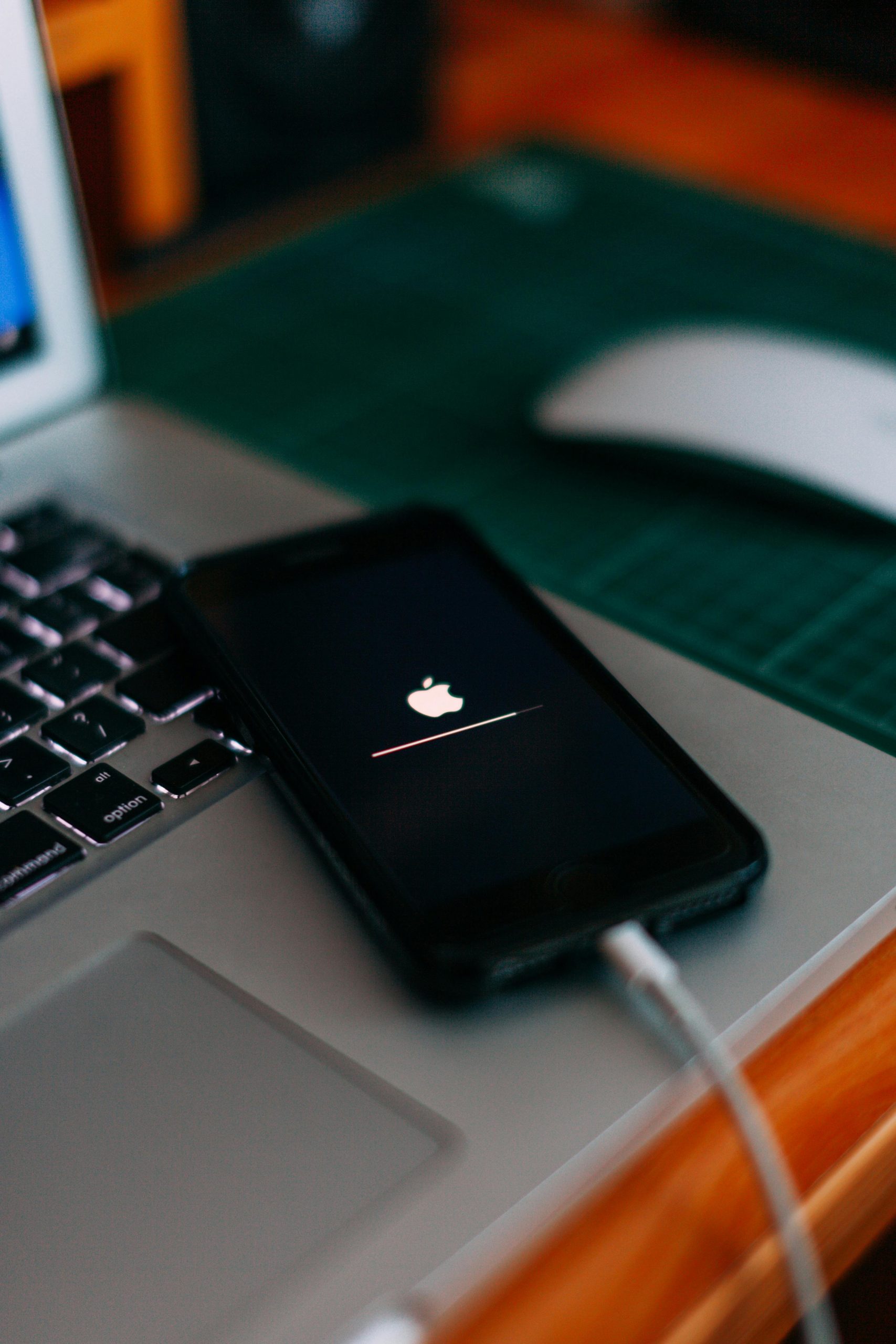Understanding Charging Issues on Your Zephyrus G16: A Guide to Troubleshooting and Fixing Common Laptop Charging Problems
If you’re experiencing irregular charging behavior with your Asus Zephyrus G16 2022 laptop—such as charging only at certain angles, flickering backlights during charging, or a hot charging tip—you’re not alone. These issues can be concerning, especially when they interfere with your device’s performance and longevity. In this article, we’ll explore potential causes and practical steps you can take to diagnose and resolve these common charging problems, often without the need for professional repairs.
Recognizing the Symptoms
Many users report the following issues:
- Intermittent Charging: The laptop only charges at specific angles or sporadically.
- Backlight Flickering: The screen backlight flickers during charging sessions.
- Overheating Charger: The charging tip becomes unusually hot during use.
- Unpredictable Power Connection: The charger sometimes needs to be unplugged and reconnected multiple times to establish power.
Common Causes
These symptoms often point to underlying hardware or connection issues, including:
- Damaged or Dirty Charging Port: Debris or oxidation can impede the connection.
- Worn or Damaged Charger or Cable: Despite replacements, faulty cords can persist.
- Loose or Frayed Wiring in the Charger: Internal wire breakage may cause inconsistent charging.
- Connector or Port Misalignment: Physical wear can lead to poor contact.
- Internal Hardware Issues within the Laptop: Faulty charging circuitry or power jack degradation.
Practical Troubleshooting Steps
1. Inspect and Clean the Charging Port
Dust, dirt, or debris accumulation can cause poor contact. Use a soft brush or compressed air to gently clean the charging port, ensuring no debris blocks the connection.
2. Test with Different Power Outlets and Cables
While you’ve already replaced the charger, verify that the power outlet is stable. Try charging from a different outlet to rule out power source issues.
3. Inspect the Charging Cable and Connector
Examine the cable and connector for visible damage or fraying. Even new chargers can be faulty; if possible, test with another compatible charger.
4. Adjust the Connection Angles
Since charging only occurs at specific angles, gently reposition the connector to see if the connection stabilizes. Avoid forcing connectors or applying excessive pressure.
5. **Monitor Device and Charger Temperatures
Share this content:



